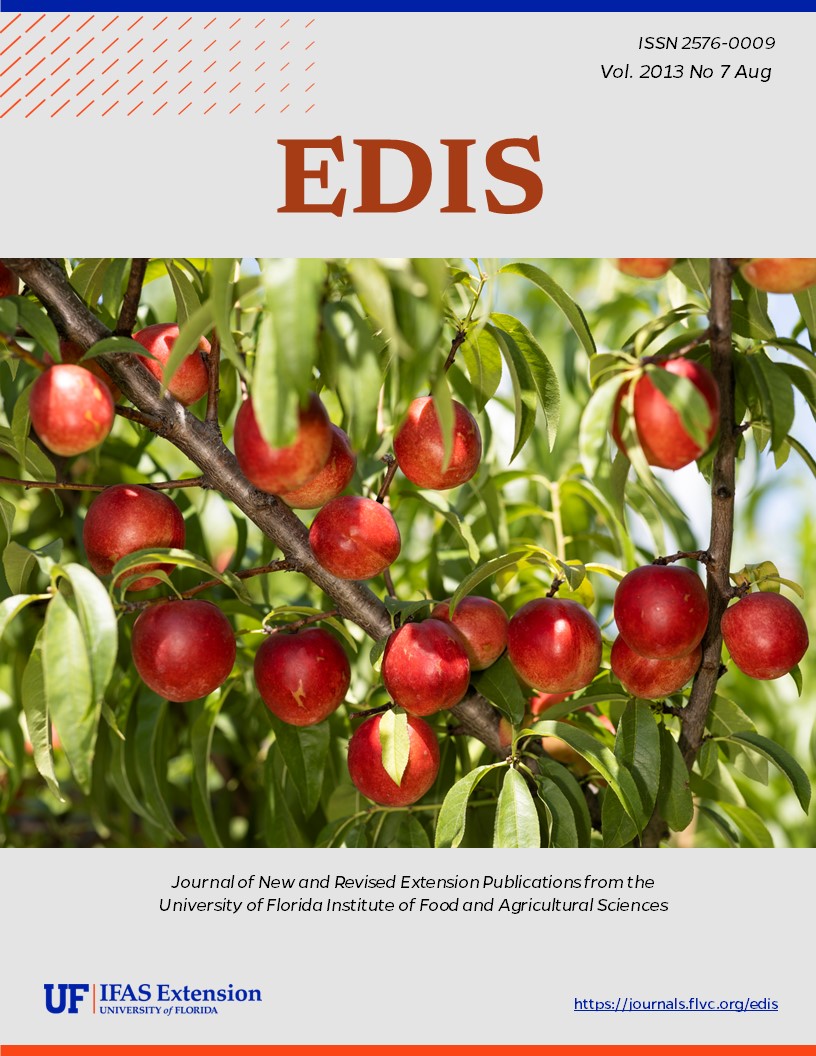Abstract
Landscape plants can improve the appearance of our surroundings and modify the extremes of local climate (microclimate modification). Plants provide shade, insulate the home from heat loss or gain, and cool the air that surrounds their leaves through transpiration (release of water from plant pores). Trees are the main types of landscape plants used around the home for passive energy conservation. They provide shade, influence air movement around the house and, once established, require little maintenance. The energy-conserving impact of a particular tree species depends on 1) whether it keeps its leaves during the winter and 2) the shape of a tree and density of its foliage. This document is about choosing the right species of trees to plant in Florida, the sites to plant them, and how to properly maintain them. First published Jul. 1993.
References
Cook, Gary. 1986. A guide to selecting window and glazing options for Florida buildings. IFAS/Florida Energy Extension Service EES-36. Gainesville, FL.
Cook, Gary. 1993. Personal communication. Gainesville, FL.
Florida Energy Office. 1992. Florida energy data report: 1970-1990. Dept. of Community Affairs, Florida Energy Office, Tallahassee, FL.

This work is licensed under a Creative Commons Attribution-NonCommercial-NoDerivatives 4.0 International License.
Copyright (c) 2013 UF/IFAS

